My 2009 Googleplex Visit and RWW Launches Channels
ReadWriteWeb begins 2009 by adding several vertical subsites, including ReadWriteStart. Meanwhile, I travel back to Silicon Valley for ETech and a visit to the Googleplex.
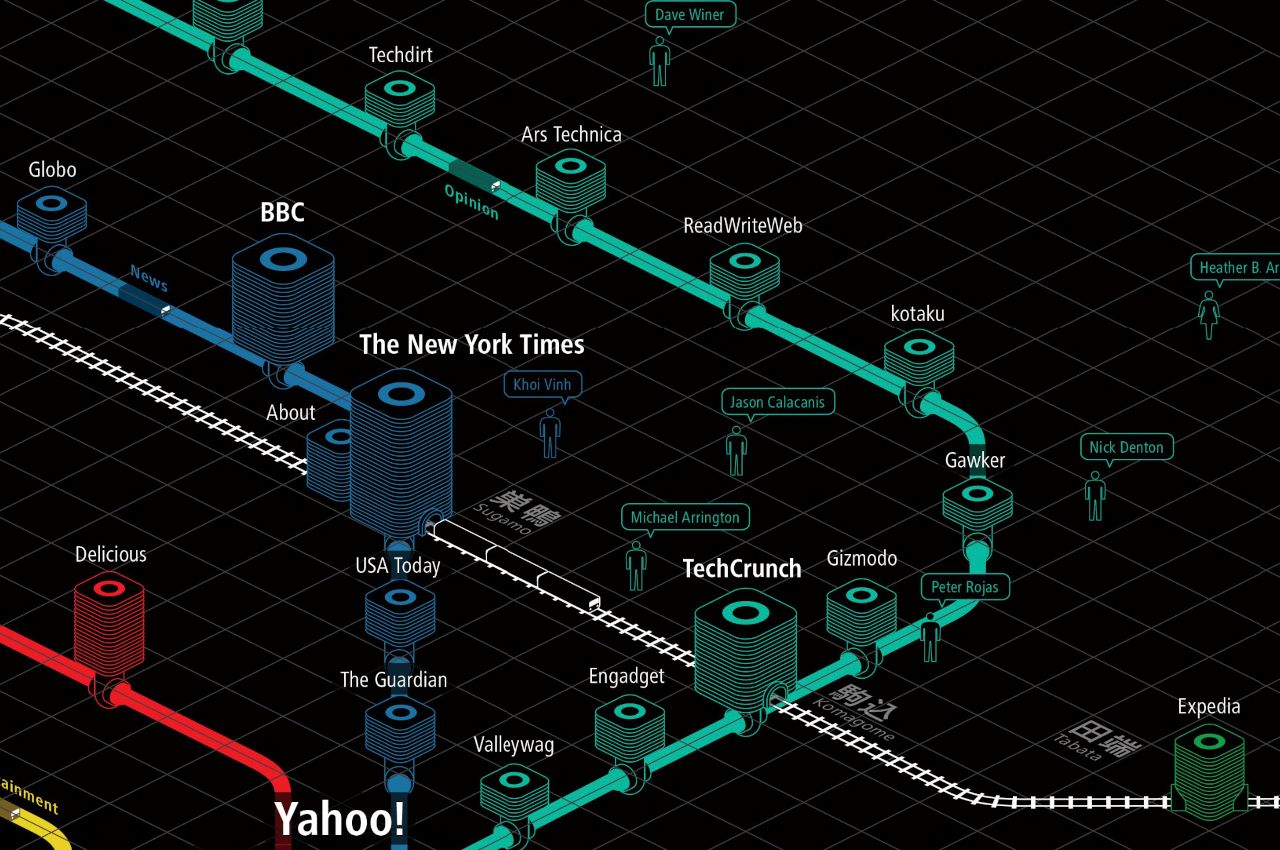
As the new year dawned, I wrote up some goals for 2009 in the red 3B1 Warwick notebook I habitually carried with me. As a business goal I wrote, “Solidify, then expand.” I’d recently confirmed the 3-person leadership team for ReadWriteWeb, and we were now busy dividing up the workload and new projects for the year. The goal, of course, was to continue growing. That’s what Silicon Valley startups did, after all.
But I also wanted to expand my personal life. I was thirty-seven, restless, and starting to think that my youth was disappearing. These are, of course, classic symptoms of a midlife crisis, so let’s call it that. Despite the surprising business success of the past several years, and despite my marriage and the love and pride I felt in raising my seven-year-old daughter—despite all that, I thought there were things missing from my life. As in all nascent midlife crises, those missing things were difficult to pinpoint. Creative fulfillment, perhaps? A vibrant social life? Maybe it was just a sense of regret that I’d wasted my youth—certainly that was true of my teen years and early twenties, a period stifled by depression.
Having a young family and running a thriving, exciting media business should be enough for any man of my age, I reasoned. Yet here I was, still searching for something more.
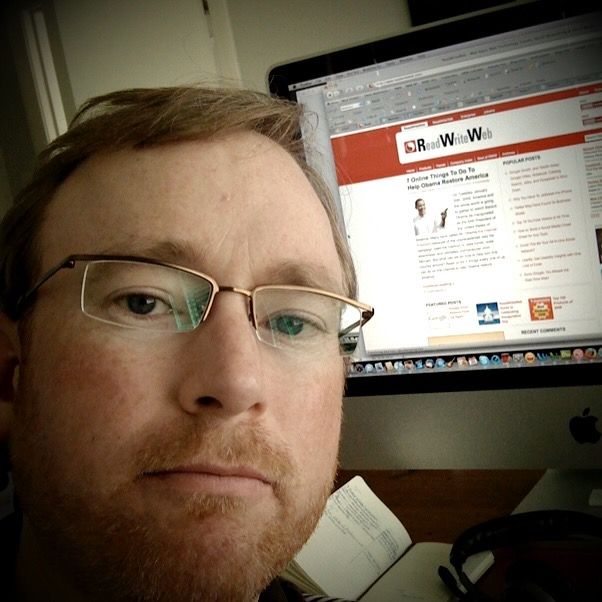
The RWW expansion picked up steam over January. After hitting two million monthly page views in December, we were on track to surpass that in January. On a single day in mid-January we got 150,000 page views (our highest-ever daily number). That said, we were also currently running at a slight loss for the first time since we’d absorbed the M&A expenses last year, mainly due to the increased expenses of three executive salaries and more freelance writer invoices. Our sponsor and advertising revenue was still solid, despite the economic headwinds, but I told Bernard that getting the monthly trading profit back into the black by Q2 was a priority.
In order to further focus on our business, we’d decided not to participate in the Crunchies awards show in early January. We felt the branding was too TechCrunch-centric, but also the previous year’s profit of less than $10,000 had proven it wasn’t a big revenue generator. Another factor was that relations between Mike Arrington and me had soured a little during 2008. We were both under pressure that year, and what little communication we managed was brusque and unfriendly on both sides. I felt bad about it and had emailed an apology, hoping to reestablish the friendship, but had not received a reply.
The night before the Crunchies, I received an email from Mike: “I’m sorry you won’t be part of the Crunchies tomorrow evening Richard. It isn’t the same without you. Hope we can work together again this year.” I appreciated the note and the willingness to mend fences. I wrote back wishing him luck for the event, adding, “I kind of miss the ‘good old days’ of blogging, so hope we can work together in the future.”
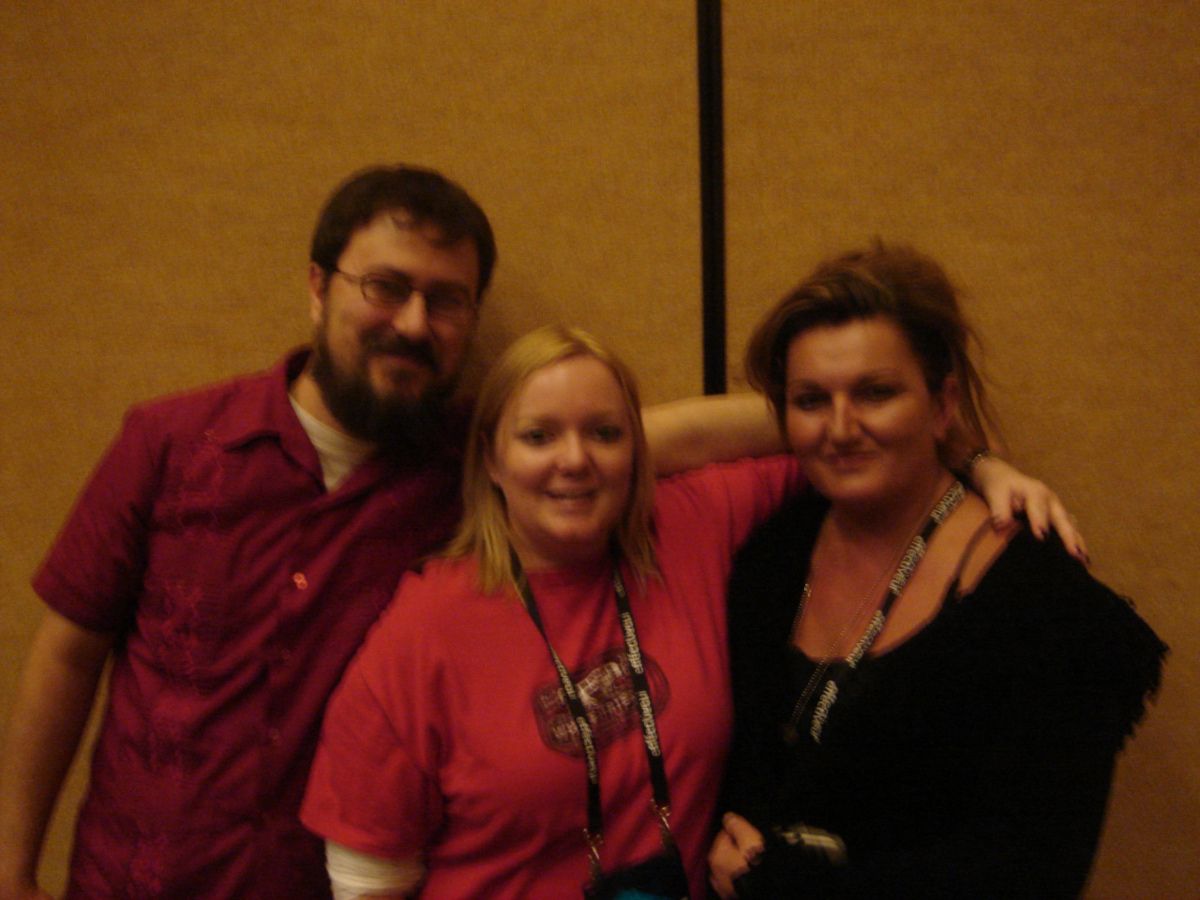
As part of the renewed focus on core RWW business during the first quarter of 2009, we planned to increase revenue by launching several new “channels,” each of which would have its own sponsor. These would be subsites of RWW, but closely connected to the brand and part of the same domain. We’d already launched an enterprise channel back in August, which Bernard was running. However, we didn’t have a sponsor for it and it wasn’t yet a subsite (technically, it was just a category of RWW). So there was much work to do on both operations and the sales side.
As part of the channels strategy, we’d announced in November that we were disbanding our network—meaning the two separately branded network blogs, AltSearchEngines and last100. I gave my share of each blog to its author, Charles Knight and Steve O’Hear respectively. Neither site had gained enough traction, in either page views or revenue, although Charles had developed a cult audience for ASE that I couldn’t help but enjoy.
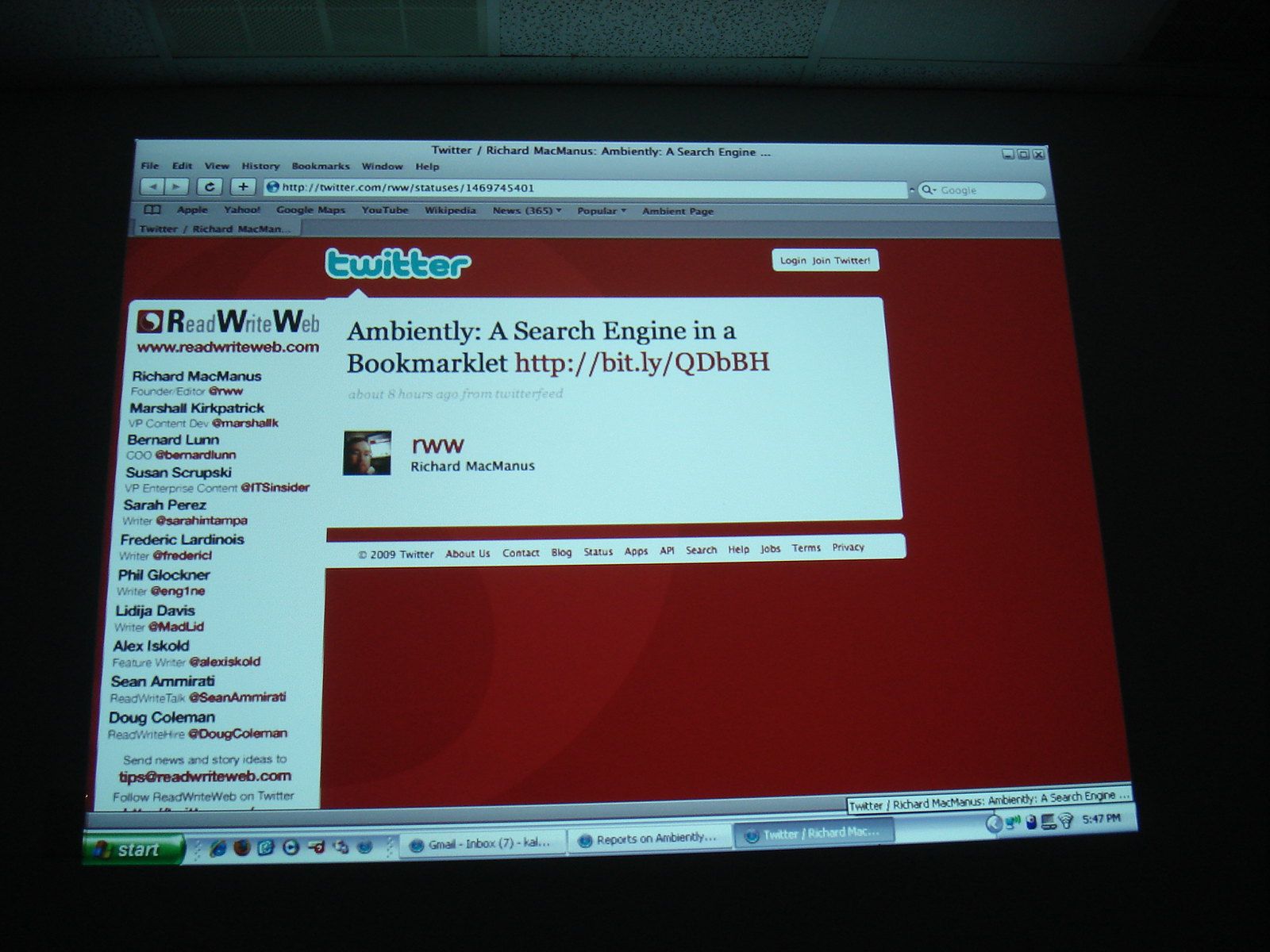
Soon after that announcement, Bernard came up with the idea to use the format “ReadWrite[channel]” for the naming of our channels. The enterprise channel became ReadWriteEnterprise, but it took us several more months to overcome the design, server, and other technical challenges in implementing it.
Finally, in early April, the RWW menu had three channels listed in it: ReadWriteTalk (Sean’s podcast), ReadWriteEnterprise, and ReadWriteHire (Marshall’s job-board project, formally called “JobWire”). But it took even longer to get our first sponsored channel up and running. In the end, the first channel to land a sponsor was not ReadWriteEnterprise, but rather a new channel called ReadWriteStart. It focused on “profiling startups and entrepreneurs” and was exclusively sponsored by a Microsoft program called BizSpark, which provided software support to startups.

FM Publishing had brought the ReadWriteStart sponsorship to us, on the condition that the channel’s content strategy be aligned closely with Microsoft’s marketing objectives. Since what Microsoft wanted already fit within our wider content remit (“Web Technology news, reviews and analysis”), I was okay with it. Even better, we already had two writers who were passionate about the business of startups, Sean and Bernard. So, by the end of April, ReadWriteStart was launched.
In truth, I was frustrated at how long it was taking for the channel strategy to get off the ground. Even by the end of April, the design was messy and we hadn’t done a good job with the URLs. For some reason we’d chosen to go with ReadWriteWeb.com/ReadWriteStart, which was too long and unwieldy. Why didn’t we just make it ReadWriteWeb.com/Start? (Eventually that change was made.) I was also disappointed that we hadn’t yet gotten a sponsor for ReadWriteEnterprise.
My Trip to the Googleplex
March 2009 marked the end of my streak in attending the official Web 2.0 Summit and Expo conferences. Instead, I went to the smaller, lesser-known Emerging Technology Conference (ETech), hosted by O’Reilly Media in San Jose. Partly this was to push myself out of the Web 2.0 bubble and explore emerging topics like the internet of things (IoT), mobile web, and open platforms. Indeed, the conference helped kick-start my interest in IoT, which I defined as “the Web in real-world objects.” Over 2009, I became the first professional tech blogger to write regularly about IoT, which put RWW ahead of the curve on that subject. It was only when hardware such as Raspberry Pi (first released in 2012) and startups such as Nest (which launched its first product in 2011) came along that it became a widespread trend.

After ETech, I took the Caltrain up to Mountain View to visit the Googleplex for the first time. My intention was to talk to Google about its nascent open platforms. More than any other big tech company, Google relied heavily on the web for its profits. Google’s search property and its increasingly profitable advertising business, AdWords, were web-based businesses. Google saw both Apple (on mobile) and Facebook (social networking) as threats to its revenue stream, so it had launched two open-standards-based projects to compete: Android and OpenSocial.
It was a glorious, blue-skied day in Mountain View when I arrived. I was met by a member of Google’s core PR team, who led me to lunch at one of the cafés inside Building 43. There I met a few other members of the comms team, and we chatted about how blogs like RWW preferred to work with companies like Google. I’d found most PR firms in Silicon Valley to be very savvy in dealing with bloggers—they knew how to buddy up to us and find out our topical interests before pitching things. Nowadays, in 2024, PR and online media are full of noise and the kind of impersonal communication that social media encourages. But back in 2009, before social media took over everything, PR and blogs tended to have a symbiotic relationship—we needed them as much as they needed us.

After lunch I met David Glazer, a director of engineering who oversaw OpenSocial, an open standard for social networking. This initiative would allow Google sites to interconnect with the likes of MySpace and Ning. The idea was clearly to compete with Facebook, and at RWW, we were generally supportive of it. Unfortunately, the project would be hampered over the next few years by Google’s confused social network product strategy. At the time of my trip, Google was promoting something called Google Friend Connect, which would turn into a variety of products over the next two years: Google Wave, Google Buzz, and finally Google+. All of them failed to make inroads into Facebook’s ever-increasing popularity, and so OpenSocial eventually faded into the background.
Google had much more success with its open-source platform for smartphones, Android. But this future success was far from obvious on that sunny day in March 2009, when I met Eric Chu from Google’s Android team. At this time, there was only one Android phone on the market: the T-Mobile G1. Unlike the iPhone, the G1 didn’t have a touchscreen; instead it had a weird-looking “swing-out keyboard.” The G1 was a Neanderthal compared to Apple’s Homo sapiens device. It was hard to envision how it could ever compete with what Apple had produced.
But Chu told me that Google intended to build a platform, not a handset. The goal for Android, he said, was to build an ecosystem that embraced many different handsets and original equipment manufacturers. Even that seemed like a long shot in March 2009, though. The top smartphone OS on the market that year was Nokia’s Symbian, which had nearly 39 percent market share, with the Blackberry maker Research In Motion second (20 percent). Apple iOS was only third at this time (16 percent), and Android’s market share was negligible.
However, the bet that both Apple and Google made—that smartphone operating systems should be app-based and not device-based—turned out to be the correct one. The app revolution was already underway in 2009, even if most people didn’t know it.
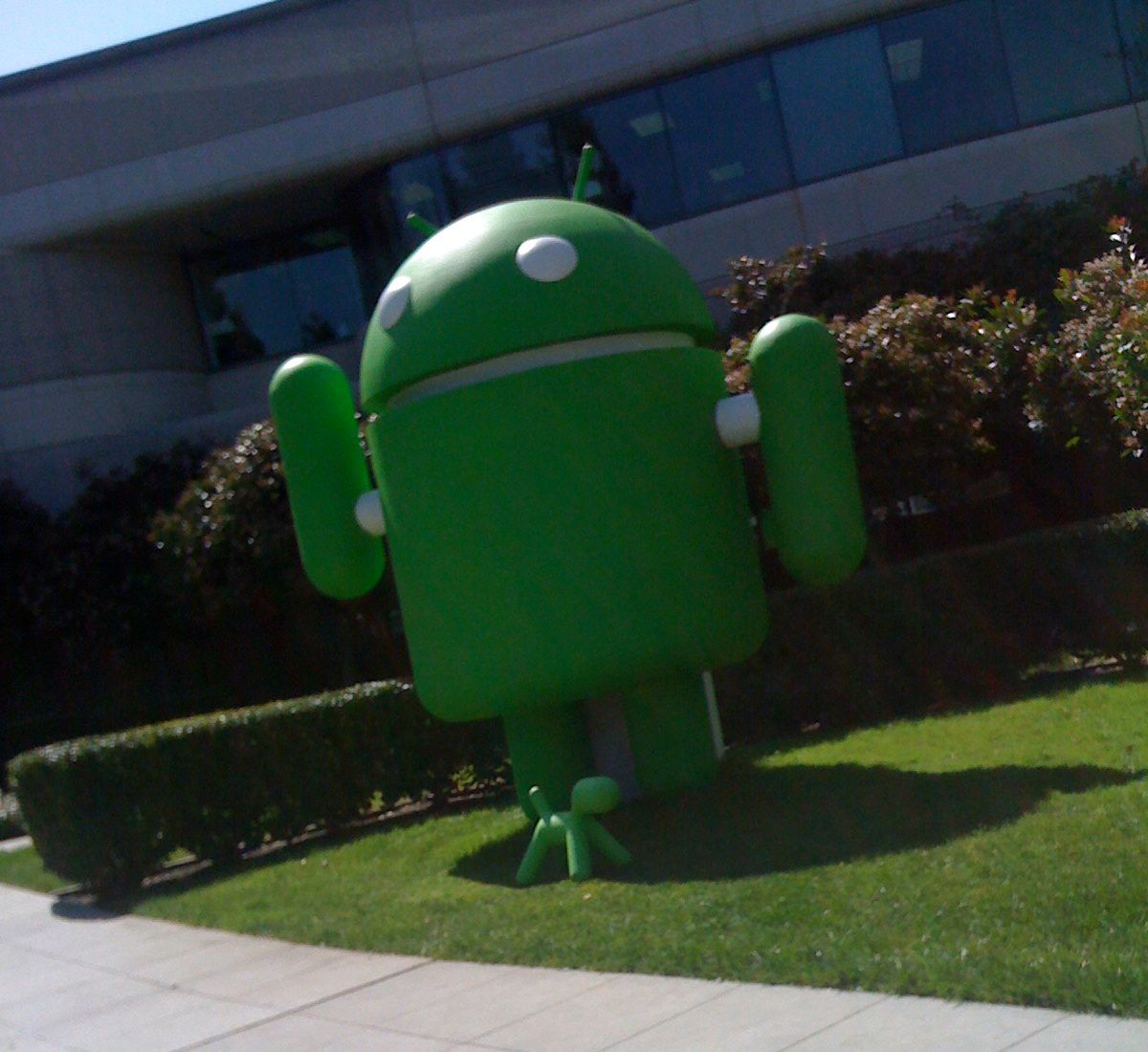
This post is part of my serialized book, Bubble Blog: From Outsider to Insider in Silicon Valley's Web 2.0 Revolution. View table of contents.
Next up: 038. RWW Makes Twitter Suggested User List and Grows Team
Buy the Book
My Web 2.0 memoir, Bubble Blog: From Outsider to Insider in Silicon Valley's Web 2.0 Revolution, is now available to purchase:
- Paperback, US$19.99: Amazon; Bookshop.org
- eBook, US$9.99: Amazon Kindle Store; Apple Books; Google Play
Or search for "Bubble Blog MacManus" on your local online bookstore.